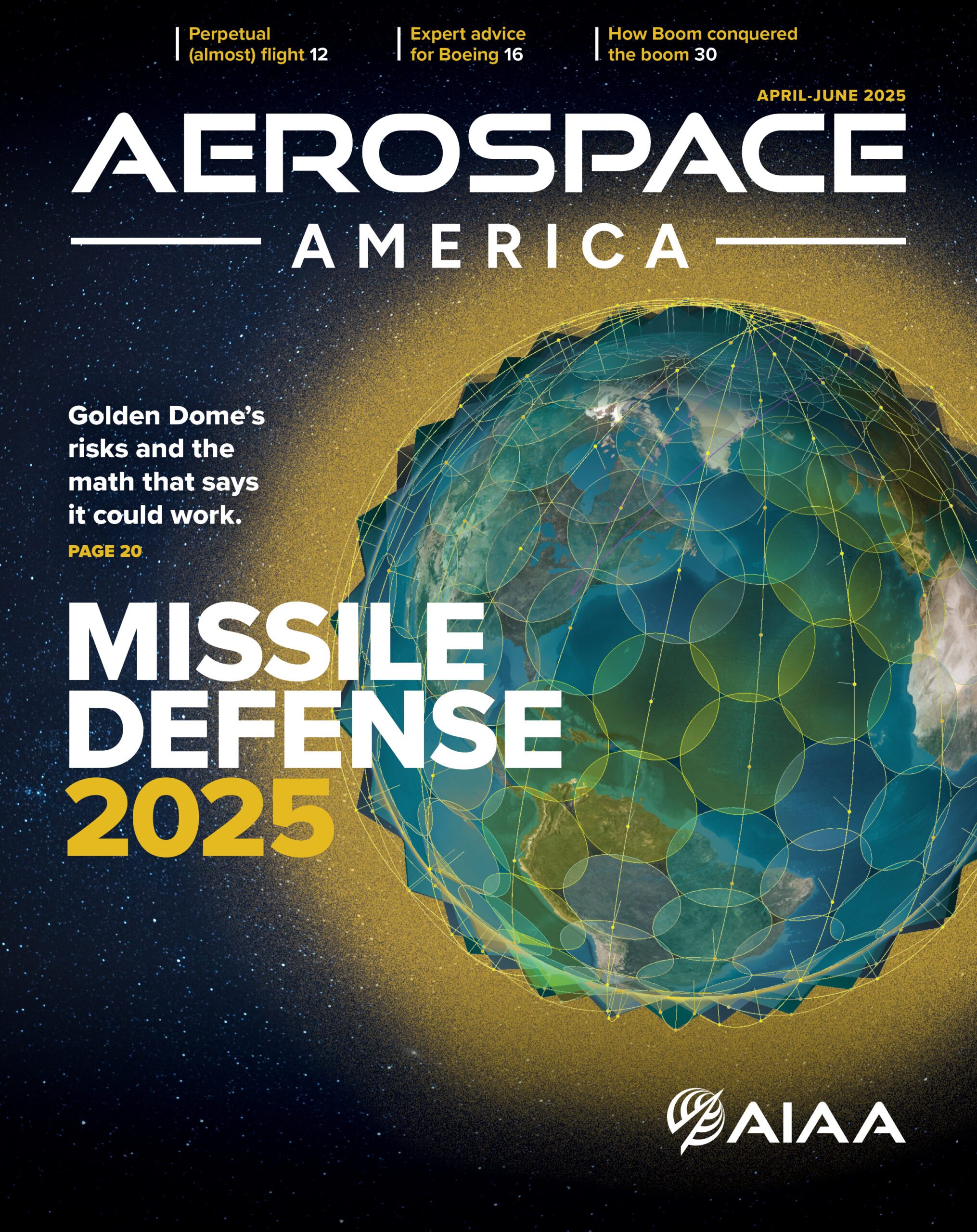Breaking barriers—whether sound, speed, environment, or basic aircraft design technology—is a fascination of AIAA members, with high-speed flight a popular research and programming topic throughout the Institute’s events. High-speed civil flight (Mach > 1) has been an elusive goal since Chuck Yeager broke the sound barrier on October 14, 1947. We enjoyed Mach 2 commercial service with the Anglo-French Concorde for 34 years, but that ended in 2003. Since then, multiple barriers have prevented high-speed civil flight—economic, environmental, technological, societal, political, regulatory, and export concerns. However, through early test flights, multiple companies are beginning to persuade the public and regulators alike that civil high-speed flight may be feasible again.
In summer 2023, AIAA commissioned the High-Speed Flight Task Force (HSFTF) that I chaired, along with Rodney Bowersox performing vice chair duties. The task force studied what the industry and the Institute should be doing to support engineers, technologists, policymakers, and leaders active in the high-speed flight industry sector.
We are proud to have published our High-Speed Task Force report detailing our findings on the subject.
The goal of the task force was to align efforts across AIAA to promote high-speed flight research, development, operation, and education, while understanding the societal implications and value proposition. We pursued a few objectives:
- Understand the landscape of efforts underway in AIAA and across industry, government, and academia
- Identify gaps in AIAA activities that need to be addressed to meet membership needs related to high-speed flight
- Establish a roadmap for an overall strategic plan and governance to focus AIAA’s mission, goals, objectives, and strategies for this emerging capability to meet ongoing membership needs.
Our time frame focused on what can be accomplished in the next 1, 3, and 5 years (up to 2030), also including end states for 2040 and 2050.
The report includes three overall recommendations, along with several detailed suggestions organized by high-speed flight challenge areas.
- First, AIAA should serve as both an “Honest Broker” and an “Industry Advocate” for high-speed flight. We must acknowledge the technical, environmental, economic, societal, and programmatic challenges associated with high-speed flight while also promoting efforts to develop, educate, and enable the high-speed industry and workforce. This follows AIAA’s mission of supporting the future of aerospace without prescribing an exclusive vision for it.
- Second, AIAA should foster and support the development of technical knowledge, data, and metrics for the high-speed industry. This knowledge and data will be essential in addressing the environmental challenges.
- Finally, AIAA should refocus and expand the Supersonic Integration and Outreach Committee to encompass all civil flight beyond Mach 1. This conversion would establish a new Integration and Outreach Committee (IOC) focused on civil, high-speed, and point-to-point flight. The new High-Speed Flight IOC (HSFIOC) would address all aspects of high-speed flight, including technical, economic, environmental, societal, policy, regulation, workforce, and education.
In addition to formalizing the conversion of the High-Speed Flight IOC, AIAA will publish two of the subgroup reports from the task force later in 2025, that focus on Policy, Regulations, Operations and Standards (PROS), and Environment and Sustainability. Survey data related to high-speed flight and workforce development that contributed to the HSFTF work also will be published.
We are looking forward to the High-Speed Aerospace Transportation Workshop in Midland, Texas, this November, which is cosponsored by AIAA.
The opinions and views expressed in this article are solely those of the author
and do not represent the views of The Boeing Company.




